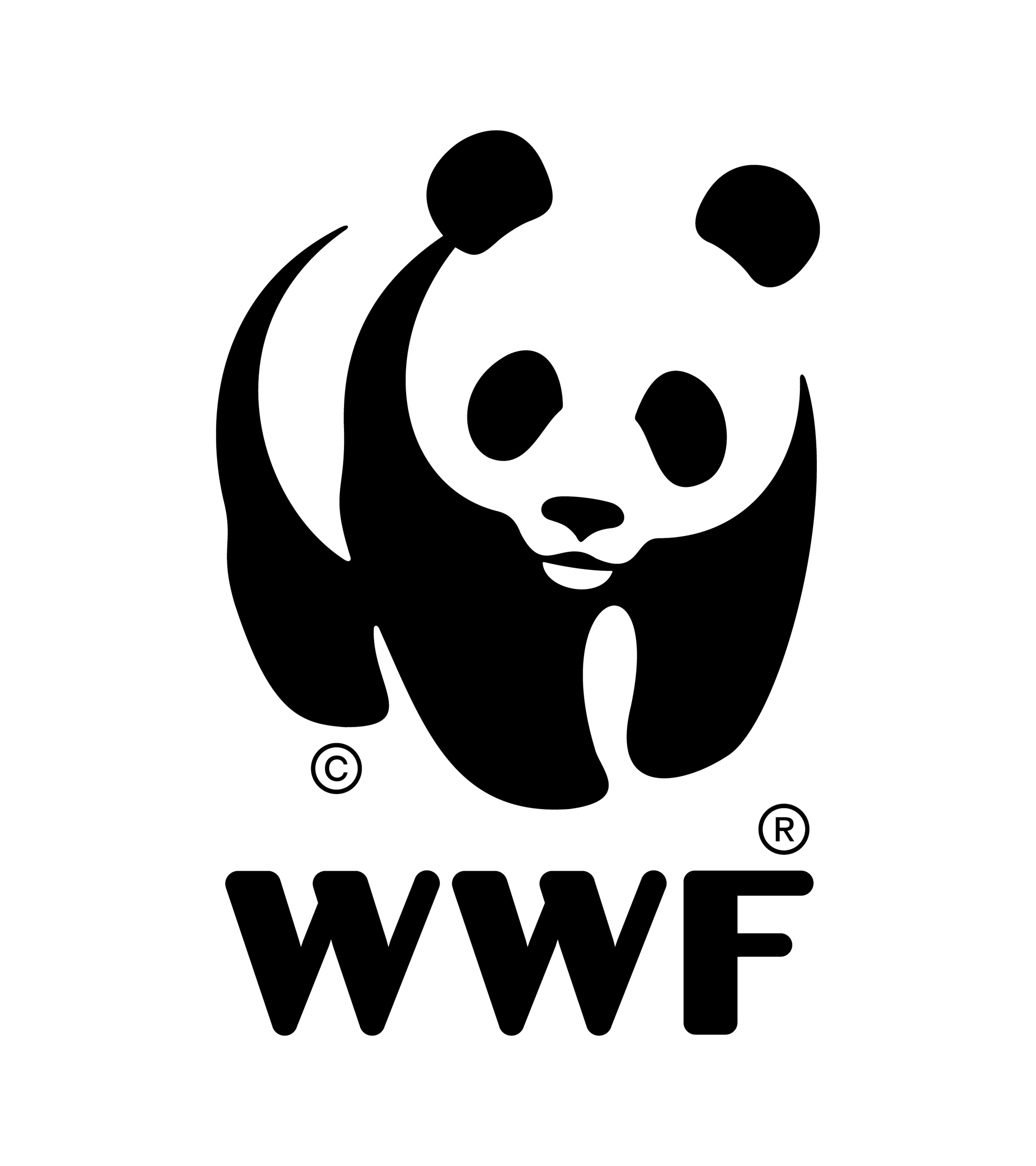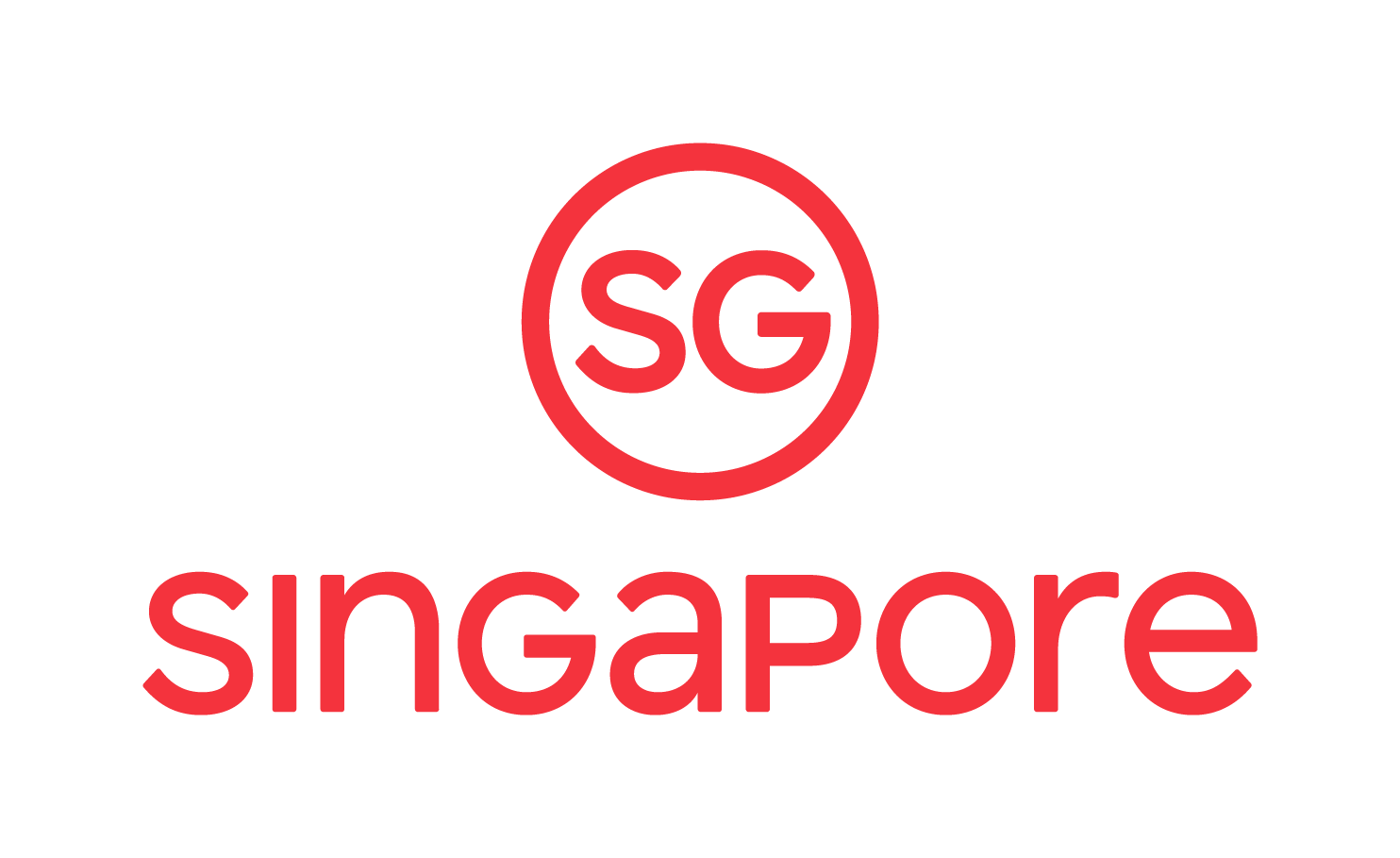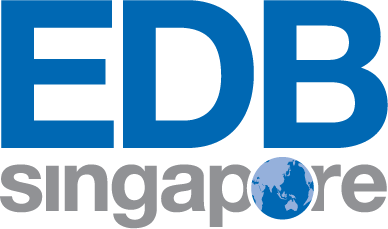Frequently Asked Questions
Answers to the most common questions about the Alternative Materials Tool.
This document contains frequently asked questions about the Alternative Materials Tool in addition to the AMT methodology.
Return back to the AMT.
Q: Does the AMT cover all forms and needs of packaging?
A: The AMT focuses on single-use packaging products due to their high waste generation and low functionality. Some packaging products that can be reviewed in AMT include takeaway cups, containers, bottles and bags.
Q: What is the best material based on the AMT results?
A: There is no best material as every material use has an impact on the environment. Single-use packaging can never be sustainable due to its frequent use and disposable nature. We highly encourage businesses to prioritise reusable packaging where possible, and only use single-use packaging where absolutely necessary. The tool guides businesses to choose the material with the lowest possible footprint for single-use packaging.
Q: What is the worst material based on the AMT results?
A: Expanded polystyrene (commercially known as styrofoam) comes out lowest in most of the scenarios. This is because it is not economically viable to carry out a collecting system for styrofoam so this material is considered as not recyclable. Due to its lightweight nature, it has a higher chance of getting blown out as litter and breaks down into smaller plastic pieces in nature.
Q: Does the materials in the AMT represent what is available in the Singapore market? Will the tool also provide a database of suppliers who supply the recommended materials used in AMT?
A: The materials in the AMT are commercially available packaging materials and we welcome everyone to use the knowledge learned from the tool to approach suppliers. However, it may or may not be commonly used in the Singapore market. We regularly organise roundtable events for both manufacturers and businesses to exchange information, please keep a lookout for our upcoming events. Lastly, we highly encourage companies to source for certified materials where possible (e.g: Forest Stewardship Council-certified recycled paper).
Q: Could WWF provide links to recycling vendors or the end products that the material can be recycled into?
A: The National Environment Agency (NEA) has shared a comprehensive list on recycling vendors in Singapore. You may download the list of recyclers here.
Q: Is microwave oven safe material considered in the AMT?
A: No, the function here only considers the conventional heat oven. This is because microwaves use a different heating mechanism, not many materials are microwave safe and furthermore, we do not consider microwave-safe plastics in AMT.
Q: What is pressed bagasse and why is it good for the environment (as shown in AMT)?
A: Pressed bagasse is the dry pulpy fibrous residue that remains after sugarcane stalks are crushed to extract their juice. The residue is often burned as fuel. Some packaging companies use this agricultural waste to make packaging material. Although it is plant based, it does not compete for land used in food growing, nor is it an edible food. So compared to other bioplastics that depend on corn or starch as feedstock, raw material extraction of pressed bagasse has a much lower footprint than most bioplastics. The only downside is that it cannot be recycled, although it can be composted.
Q: Is the tin mentioned in AMT the material used for canned food?
A: Not exactly. Although we often say tin can when referring to canned food, the can is not made entirely from tin. It’s actually made from tin-coated steel. Since the AMT ranks mono-material, the tin-coated steel is not considered.
Q: Why are most recycled plastics not ranked under food safe category?
A: In most countries, recycled plastics are not allowed to be recycled into food grade plastics, with the exception of PET. Since the tool uses the global standard, when food safe is selected, most recycled plastics are not ranked, except PET. However, we have clarified with NEA that Singapore allows the use of recycled plastics for food contact uses, as long as the material has been tested in laboratories and shown to be food safe.
Q: Does the AMT include new material innovations, such as seaweed-based plastics and shrimp shell based plastics? Are these novel materials also assessed in the tool?
A: It is great to see many new materials that take resources from by-products such as shrimp shells that would have been disposed of anyway, and make them into packaging products. These materials are not assessed in the AMT as they are not commercially available at large scale, and/or lack life cycle analysis calculations.
Q: How do you keep the tool updated particularly where the end of life system (e.g. recycling/composting) routes change over time?
A: Since the AMT uses LCA as science-based calculations, the ranking of the materials may be affected. However the slight annual fluctuations will not affect the results. For large significant changes, the tool will be updated.
Q: Are all the LCA factors considered in the AMT assigned the same weight when computing the overall score?
A: The factors in the AMT can be divided into the upstream and downstream. The factors in the upstream are given a baseline factor of one while the factors in the downstream are given higher weightage. This is because manufacturing processes of packaging products are relatively consistent regardless of the country of origin, but the waste management system differs across countries.




